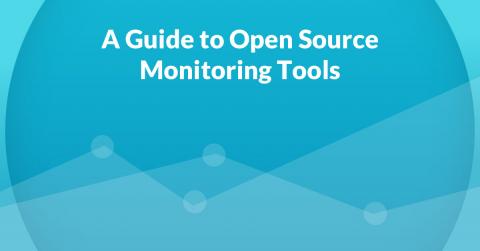Best Practices for Managing Multiple On-Call Teams
Alerting has come a long way from the days of paging an on-call administrator in the middle of the night, to multiple on-call teams that run and manage incident response around the clock. This is because as organizations grow and scale, responding to incidents also gets more complex and you often need more than one team to get involved to successfully resolve an incident.











